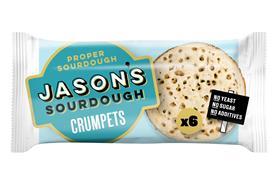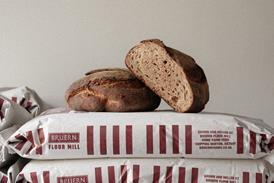Free-from cake products: the challenges of production in today’s market

While consumers are increasingly seeking out free-from bakery, the challenge for bakers is to create products that replicate the taste and texture of a regular bakery items. KaTech takes a closer look at functional ingredients to help them achieve that.
To continue reading, register for free
You are what you read, registration is quick, easy and free. Just click register now and you’ll be finished faster than it takes you to butter a crumpet!
Don’t miss out:
- Unlimited access to content
- Regular newsletters to your inbox
- Save articles to read later on
- A more personalised experience
Already registered? Please log-in here


















